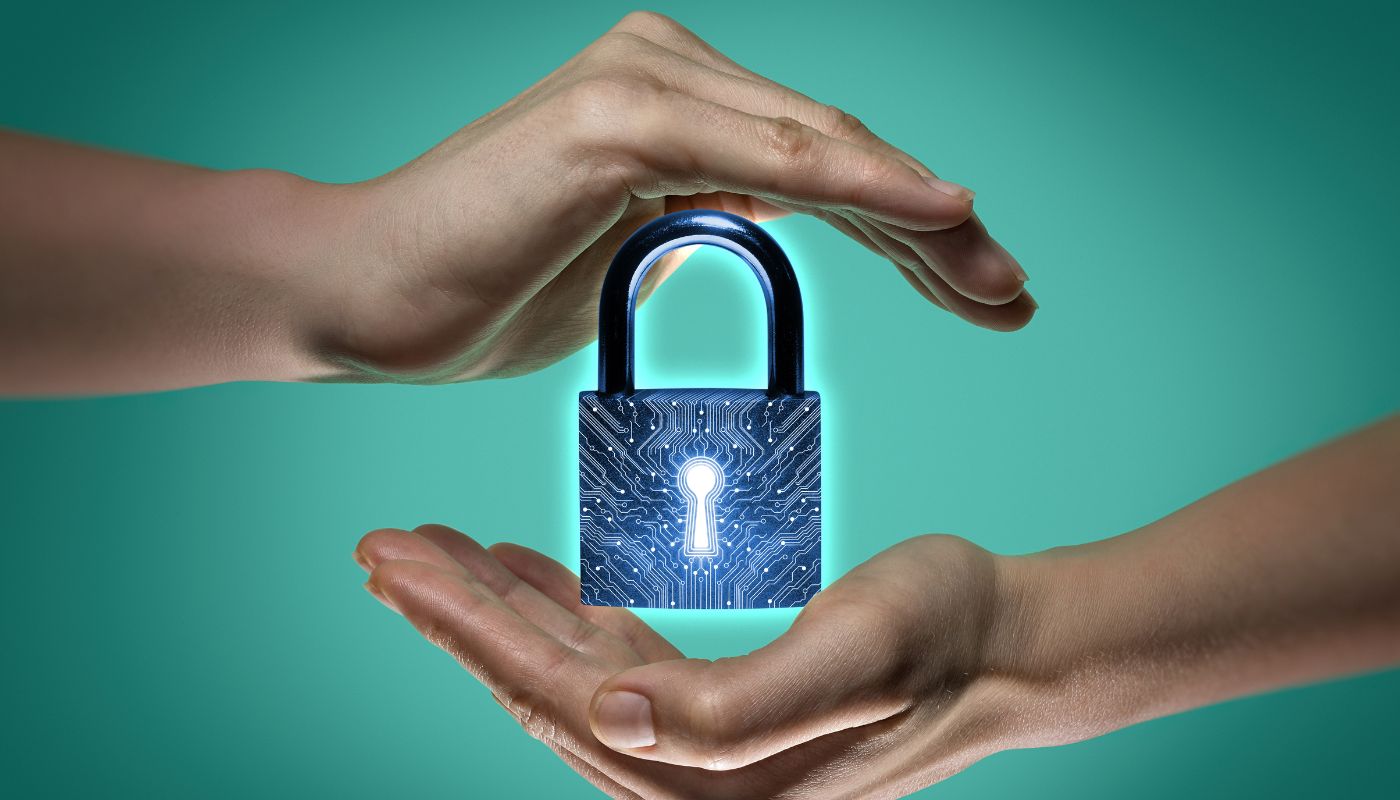The Future of Safety: How technology is shaping the way we stay protected online and offline

As technology advances, it is reshaping how we live, work, and communicate. One area where technology has made significant strides is in our safety, both online and offline. From cybersecurity to smart home devices, technology has revolutionized how we protect ourselves and our assets. In this article, we will explore how technology is shaping our digital and physical safety.
Some common threats to safety in the digital era
As technology advances and becomes more integrated into our daily lives, the threats to our online and offline security constantly evolve. Here are some of the most common threats to watch out for,
- Malware and viruses: Malicious software, or malware, is designed to harm your device, steal your personal information, or both. Viruses are a type of malware that can spread from device to device. Common forms of malware include ransomware, spyware, and adware.
- Phishing: Phishing is a type of social engineering attack that involves tricking users into giving away their personal information, such as login credentials or credit card numbers. Phishing attacks can come in the form of emails, text messages, or phone calls.
- Identity theft: Identity theft occurs when someone steals your personal information, such as your name, address, and social security number, and uses it for fraudulent purposes. This can include opening credit accounts in your name, filing tax returns, or obtaining medical care.
- Cyberbullying: Cyberbullying uses technology to harass, intimidate, or humiliate someone. This can include sending threatening messages, posting embarrassing photos or videos, or spreading rumors.
- Physical theft: Physical theft can include stealing someone's laptop, smartphone, or other devices, as well as stealing credit cards or other sensitive information.
- Social engineering: Social engineering is a technique that involves manipulating people into divulging sensitive information or performing certain actions. This can include impersonating a trusted authority, such as a bank or government agency, or using emotional manipulation to gain access to information.
- DDoS attacks: Distributed denial of service (DDoS) attacks involve overwhelming a server or network with traffic, rendering it unavailable to users. DDoS attacks can be used to disrupt websites or services or to extort money from businesses.
- IoT attacks: The Internet of Things (IoT) refers to the growing number of connected devices, such as smart home appliances and wearable technology. These devices can be vulnerable to attack, as they often have weak security measures and can be used to gain access to a network.
- Physical security breaches: Physical security breaches can include unauthorized access to buildings or facilities and theft or destruction of physical assets.
How technology can keep us safe
With the increasing dependence on technology in our daily lives, it is important to recognize technology's role in keeping us safe. From secure online transactions to advanced security cameras, technology has given us the tools to protect ourselves and our belongings. In this list, we will explore ways technology can be used to enhance our security in both digital and physical environments. Here are some ways technology can help with online and offline safety:
Online Safety
1. Cybersecurity: With the increasing reliance on technology, cybersecurity has become a major concern. The rise of cybercrime has made it essential for individuals and organizations to prioritize cybersecurity. The following are some ways in which technology is shaping our online safety in terms of cybersecurity:
- Advanced authentication methods: Passwords are no longer enough to secure our online accounts. Two-factor and biometric authentication, such as facial recognition, fingerprint, and iris scanning, are becoming increasingly common.
- Artificial Intelligence (AI) and machine learning: These technologies are being used to monitor network traffic and detect anomalies that may indicate a cyber attack. AI and machine learning can also help to automate security processes, reducing the risk of human error.
- Blockchain technology: This cutting-edge technology is not only safeguarding transactions and thwarting fraud but is also pioneering the development of decentralized identity systems, ensuring robust authentication without the need for a central authority.'
2. Social Media Safety: Social media platforms have become integral to our daily lives. However, they also pose significant safety risks. The following are some ways in which technology is shaping our safety on social media:
- Privacy settings: Social media platforms have introduced advanced privacy settings that allow users to control who can see their posts and personal information.
- Moderation: Social media platforms are using AI and machine learning to detect and remove harmful content such as hate speech, harassment, and fake news.
- Reporting systems: Social media platforms have introduced user-friendly reporting systems that allow users to report abusive content or behavior.
3. E-commerce Safety: The rise of e-commerce has made it possible for people to buy and sell goods and services online. However, it has also made it easier for cybercriminals to commit fraud and other illegal activities. The following are some ways in which technology is shaping our safety in e-commerce:
- Secure payment methods: E-commerce platforms have introduced secure payment methods such as encryption and tokenization, which protect users' financial information from being intercepted by hackers.
- Verified reviews: E-commerce platforms are using AI and machine learning to verify reviews, reducing the risk of fake reviews and fraudulent sellers.
- Delivery tracking: E-commerce platforms are introducing delivery tracking features, which allow users to track their packages in real time, reducing the risk of theft and fraud.
Offline Safety
1. Geographic security:
- Surveillance cameras can monitor areas for suspicious behavior and alert authorities when necessary.
- Access control systems can restrict access to certain areas, helping to prevent theft or vandalism.
- Alarms can be triggered if there is a break-in or if there is a fire or other emergency.
2. Personal safety devices:
- GPS trackers can help keep track of people's locations, particularly children or elderly individuals who may be at higher risk of getting lost or needing help.
- Panic buttons or personal alarms can help deter attackers or alert authorities in an emergency.
- Wearable devices can monitor vital signs, such as heart rate or blood pressure, and alert caregivers or emergency services if there is a problem.
3. Transportation safety:
- Anti-lock brakes, airbags, and other safety features in vehicles can help prevent accidents or reduce the severity of injuries if an accident does occur.
- Collision avoidance systems can help drivers avoid accidents by alerting them to potential hazards and even taking control of the vehicle in certain situations.
- GPS systems can help drivers navigate more safely, avoiding congested areas or hazards like construction zones or accidents.
4. Medical devices:
- Implanted devices like pacemakers can help regulate the heart and monitor for any abnormalities or problems.
- Wearable devices can monitor blood sugar levels or other vital signs, alerting individuals or caregivers if there is a problem.
- Automated medication dispensers can help ensure that individuals take their medications as prescribed, reducing the risk of medication errors or missed doses.
5. Disaster management:
- Advanced warning systems can help individuals and communities prepare for natural disasters like hurricanes, tornadoes, or floods.
- Emergency response systems can be activated quickly in the event of a disaster, helping to save lives and minimize damage.
- Communication systems can help individuals stay connected and informed, even in the midst of a disaster or emergency.
The human in the loop of safety
While technology has advanced significantly in recent years, it is important to recognize that human involvement is still crucial in ensuring the digital provision of online and offline safety. Here are some reasons why:
- Limitations of technology: While technology can be incredibly powerful in enhancing safety, it also has limitations. For example, security systems may be vulnerable to hacking or malfunctioning, medical devices may malfunction or require maintenance, and disaster management tools may be limited by the accuracy of weather forecasting or other factors. Human oversight and intervention can help ensure that these systems are working as intended and can identify and address any issues that arise.
- Human judgment: Technology can provide valuable data and insights, but ultimately, humans must make decisions about how to use that information. For example, a surveillance camera may capture footage of suspicious behavior. Still, it is up to a human operator to determine whether or not to notify authorities or take other action. Similarly, medical devices may provide data about a patient's vital signs, but it is up to a human caregiver to interpret that data and make treatment decisions.
- Emotional support: Besides practical considerations, humans can provide emotional support and reassurance that technology cannot. For example, a security system may deter criminals but cannot offer the same sense of safety and security as a human security guard. Similarly, a medical device may monitor a patient's vital signs but cannot provide the same comfort and reassurance as a human caregiver.
- Accountability: Finally, human involvement is crucial in ensuring accountability and transparency. While technology can automate many tasks and processes, it cannot replace the need for human oversight and accountability. For example, in the event of a medical error or a security breach, it is important to have human oversight to investigate the issue and identify the root cause.
Mobicip for online security
Human involvement remains critical in ensuring the safety of children in the online world, and Mobicip is an excellent tool that can help parents and educators do just that. By combining the power of technology with human judgment and oversight, Mobicip allows parents and educators to create a safe and secure online environment for children. For example, parents can use Mobicip to block inappropriate content and monitor online activity. However, it is still up to them to have open and honest conversations with their children about online safety and appropriate behavior. Similarly, educators can use Mobicip to ensure students are not accessing inappropriate content. Yet, teaching responsible digital citizenship and modelling appropriate online behaviour is still up to them. By combining technology with human involvement, we can ensure that children are safe and protected online.
Takeaway
Technology is rapidly changing how we stay protected, both online and offline. From advanced security systems to wearable devices that monitor our health, technology has revolutionized the way we approach safety and security. However, it is essential to remember that while technology is incredibly powerful, it is not a panacea for all safety and security concerns. Human involvement and oversight remain critical in ensuring the effectiveness and accountability of these systems. By combining the power of technology with human judgment and oversight, we can create a safer and more secure world for ourselves and future generations. As technology evolves, we must remain vigilant and adaptable in our approach to safety and security. By doing so, we can continue to harness the power of technology to enhance our safety and security in ways that were once unimaginable.





